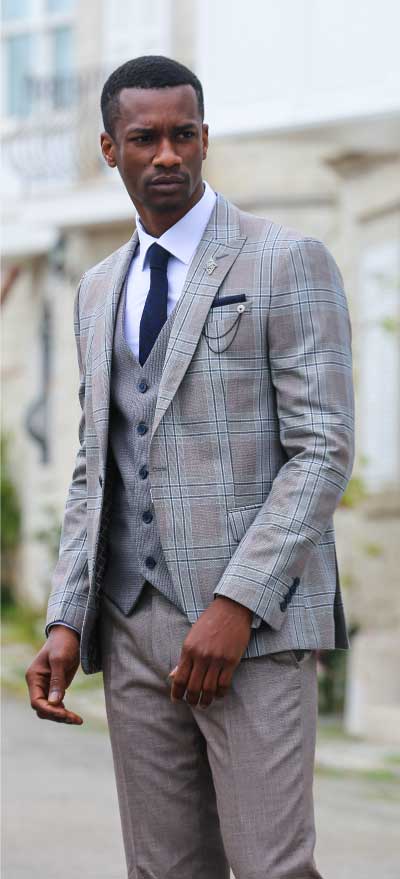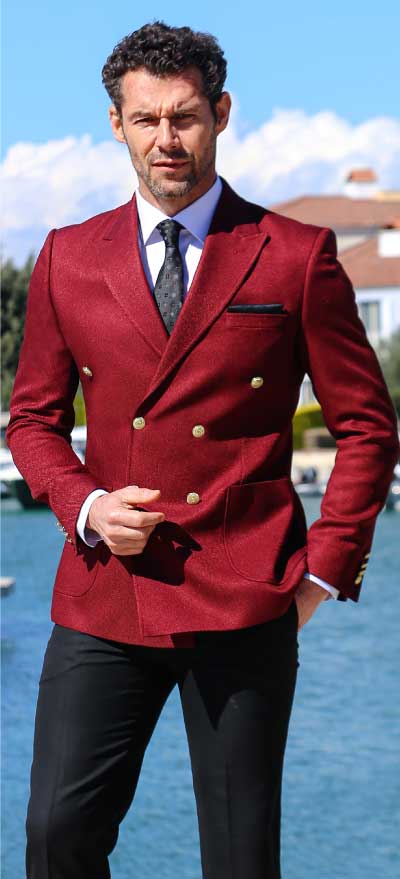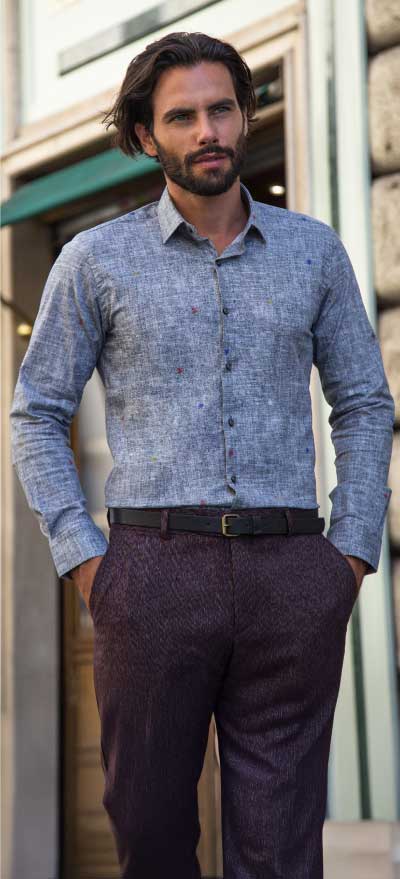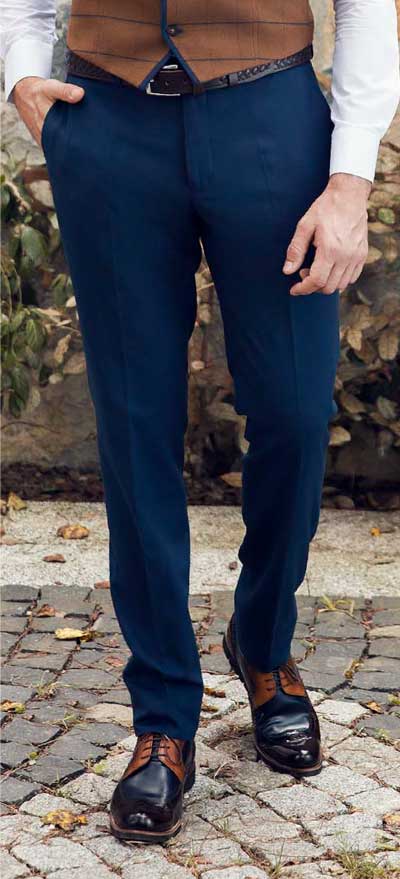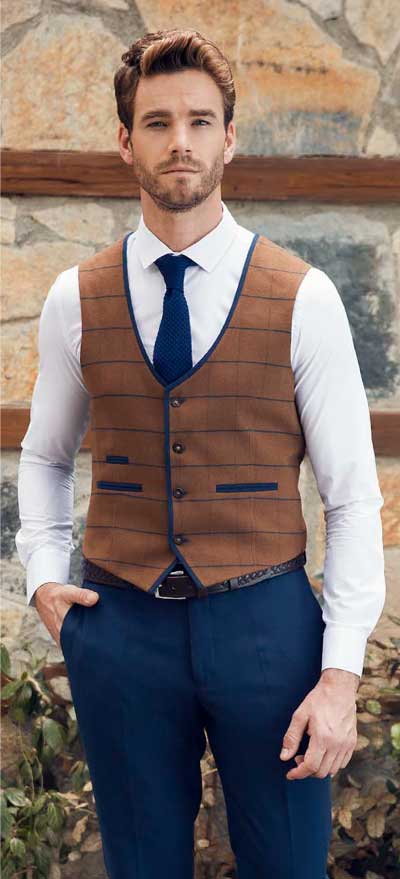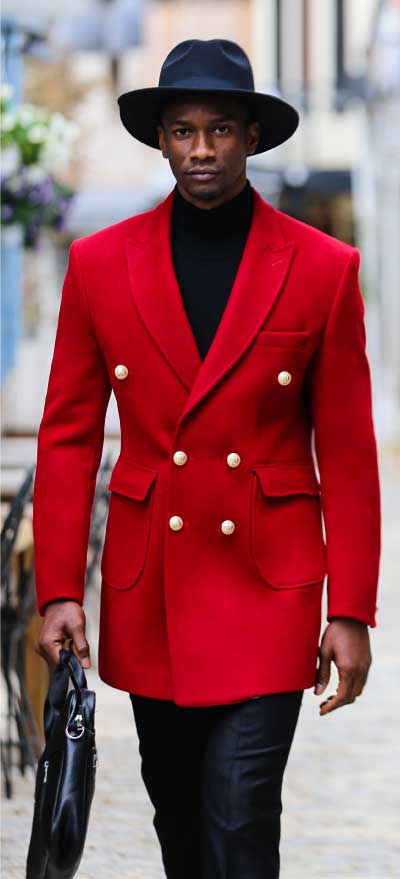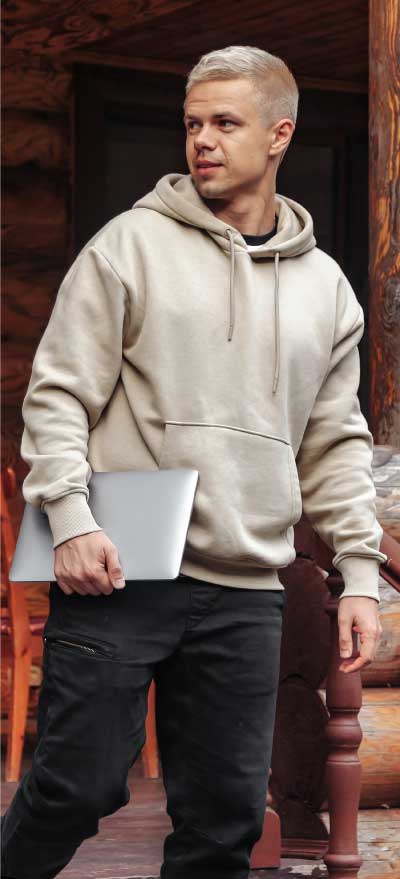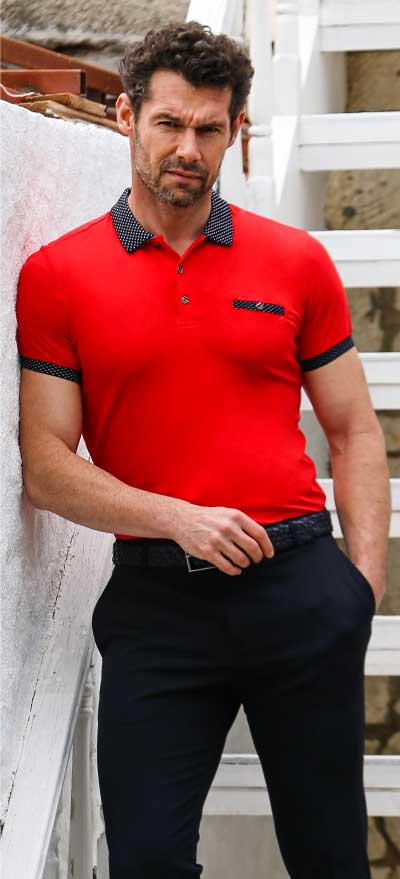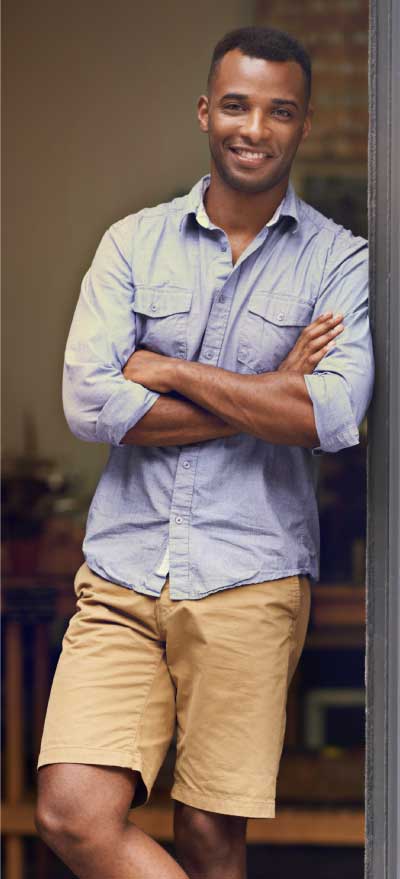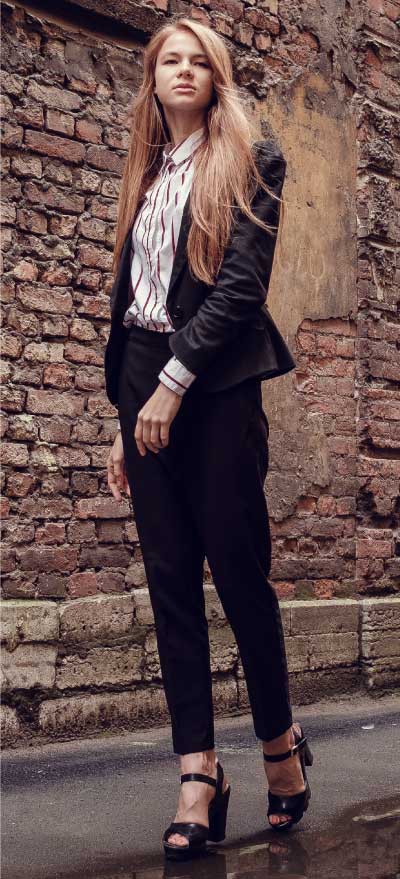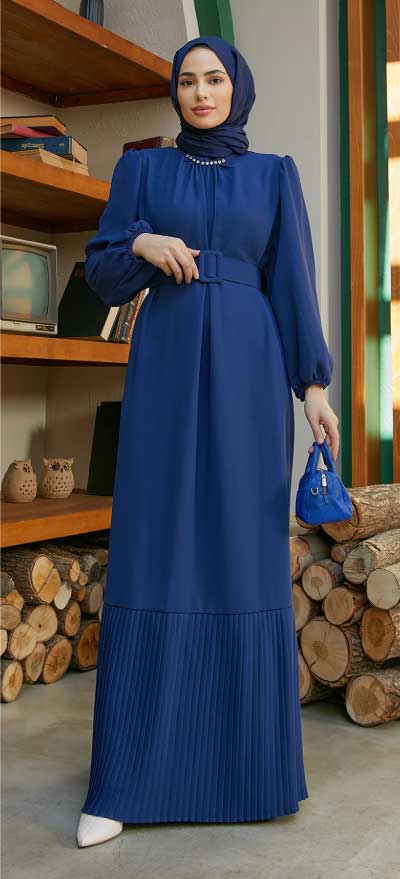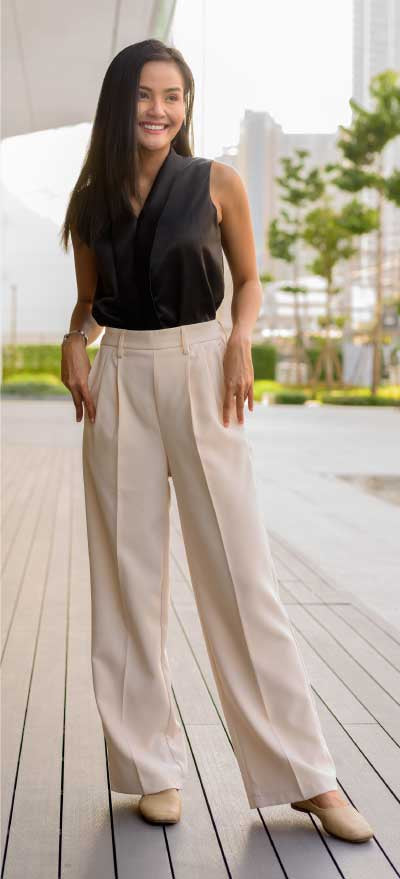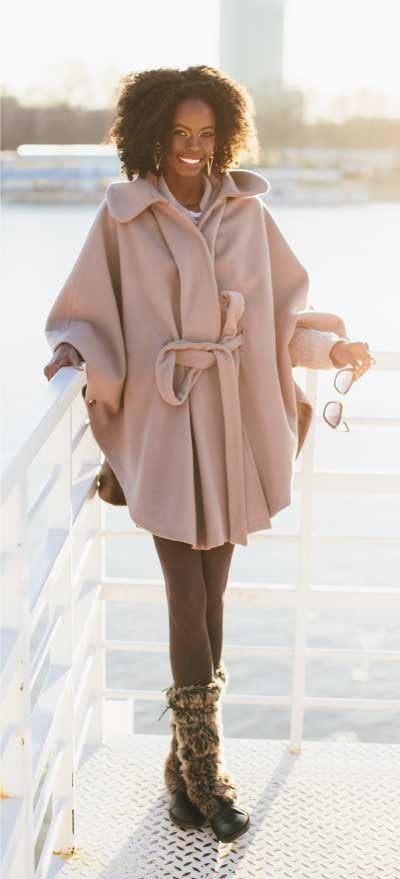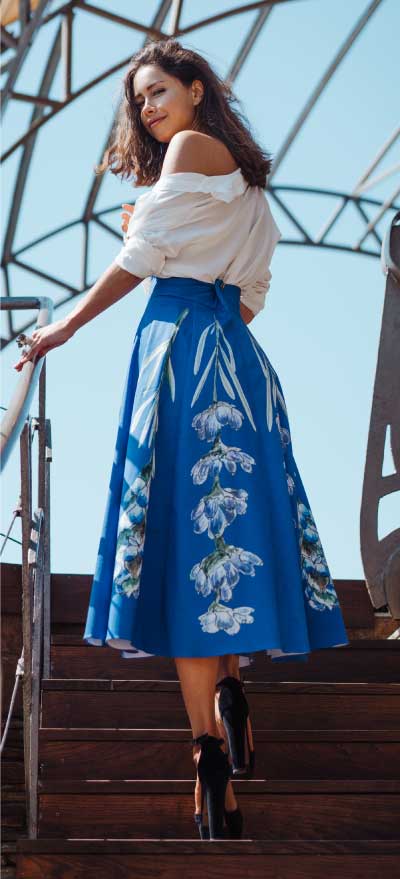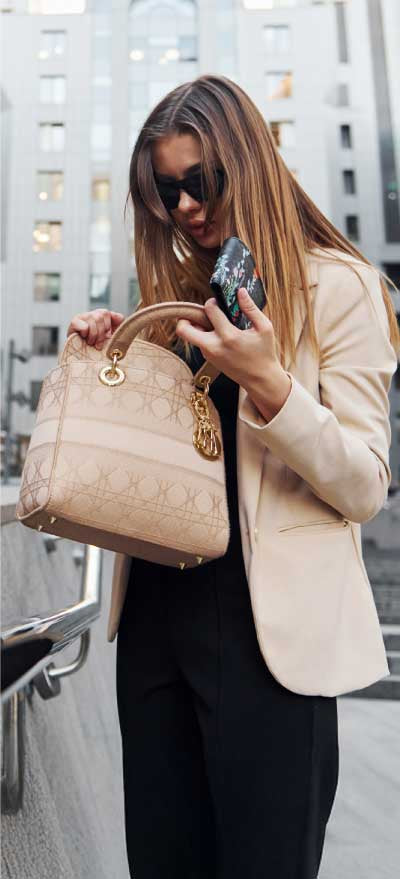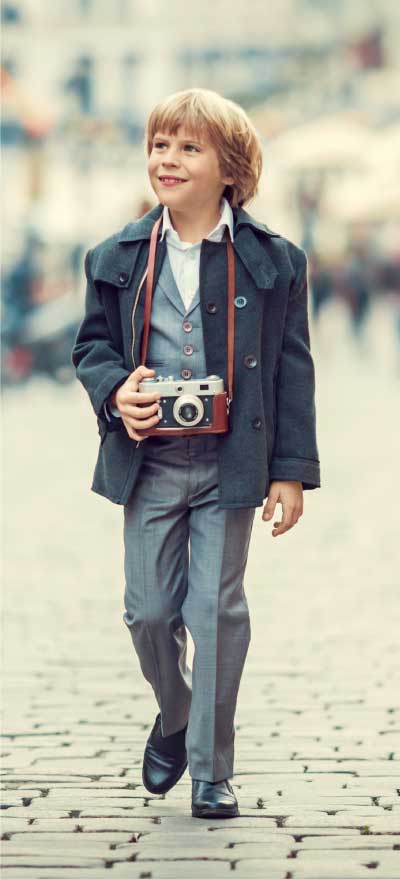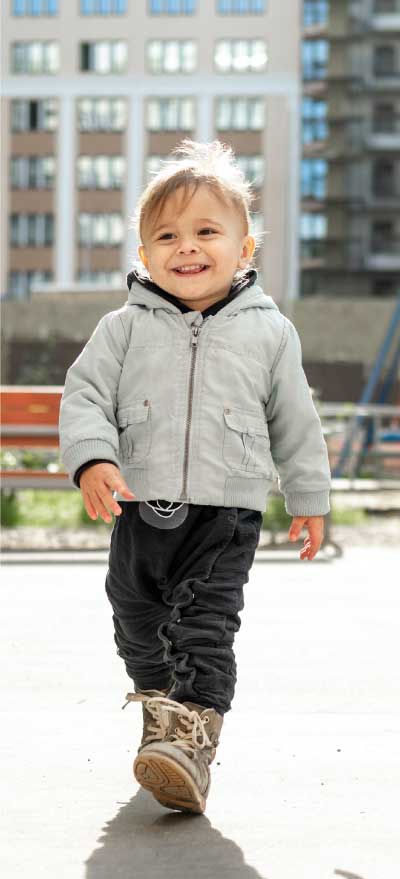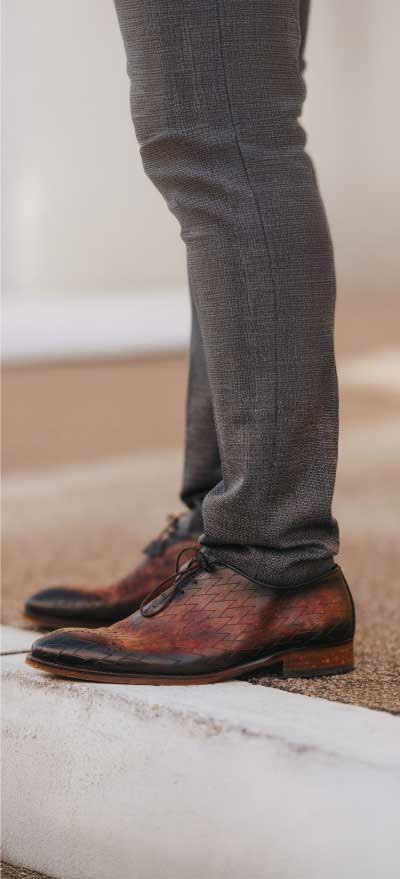The Best Ways to Display Men's Suits
The Best Ways to Display Men's Suits
When it comes to showcasing men's suits in retail environments, presentation is everything. A well-displayed suit can mean the difference between a browsing customer and a satisfied buyer. Whether you're running a boutique menswear store or managing a wholesale operation like Clothing Supplier, understanding the art of suit presentation is crucial for maximizing sales potential and creating an impressive shopping experience.
Creating Visual Impact with Proper Lighting
The foundation of any effective suit display begins with appropriate lighting. Natural lighting remains the gold standard for showcasing the true colors and textures of quality fabrics. Position your suit displays near windows when possible, but always supplement with professional retail lighting systems. LED spotlights with adjustable color temperature work exceptionally well for highlighting the intricate details of suit construction, from subtle pinstripes to luxurious wool textures.
Avoid harsh fluorescent lighting that can wash out colors and create unflattering shadows. Instead, opt for warm white LED lights that complement the sophisticated nature of men's formalwear. Strategic lighting placement should illuminate the entire suit while creating gentle shadows that emphasize the garment's structure and tailoring.
The Power of Proper Mannequin Selection
Choosing the right mannequins can dramatically impact how your suits are perceived by customers. Invest in high-quality, realistic mannequins that accurately represent your target demographic. The mannequin's posture should convey confidence and professionalism – qualities that customers associate with well-tailored suits.
Consider using mannequins with adjustable poses to create dynamic displays that catch the eye. A mannequin positioned as if walking or gesturing naturally draws attention and helps customers visualize themselves wearing the suit. Clothing Supplier recommends rotating mannequin positions regularly to maintain visual interest and prevent display fatigue.
Strategic Arrangement and Spacing
The spatial arrangement of your suit displays requires careful consideration. Avoid overcrowding, which can make even premium suits appear cheap and overwhelming. Instead, create breathing room between displayed items, allowing each suit to command individual attention. This approach not only enhances visual appeal but also makes it easier for customers to examine specific pieces.
Group suits by color families or style categories, creating cohesive sections that guide customers through your collection. Start with classic navy and charcoal suits at eye level, as these remain the most popular choices. Position seasonal colors and fashion-forward styles in supporting locations where they complement rather than compete with your core offerings.
Incorporating Complementary Accessories
A complete suit display extends beyond the jacket and trousers. Incorporate carefully selected accessories that enhance the overall presentation while demonstrating styling possibilities. Quality dress shirts, silk ties, pocket squares, and leather shoes create a complete look that helps customers envision the final ensemble.
When selecting accessories for display, choose items that complement rather than overshadow the suit itself. Neutral-colored shirts and classic tie patterns work best for highlighting the suit's features. Clothing Supplier's wholesale buyers often find that displays featuring complete outfits generate higher sales volumes than suits shown in isolation.
Seasonal and Trend-Based Displays
Adapt your suit displays to reflect current seasons and fashion trends while maintaining timeless appeal. During spring and summer months, incorporate lighter fabrics and colors, using bright, airy displays that suggest comfort and breathability. Fall and winter presentations should emphasize warmth and sophistication through deeper colors and richer textures.
Stay informed about current menswear trends, but remember that suits represent a significant investment for most customers. Balance trendy elements with classic styling to appeal to both fashion-conscious buyers and those seeking timeless pieces. This approach ensures your displays remain relevant while maintaining broad customer appeal.
Technology Integration and Interactive Elements
Modern retail environments benefit from incorporating technology into suit displays. Digital screens can showcase styling tips, fabric information, or even virtual fitting demonstrations. QR codes placed discretely near displays can provide customers with additional product information, sizing guides, or styling suggestions without cluttering the visual presentation.
Interactive elements, such as fabric sample boards or mix-and-match styling stations, encourage customer engagement and extend browsing time. These features help customers feel more confident in their purchasing decisions while providing valuable information about suit construction and care.
Conclusion
Effective suit display combines artistry with strategic retail thinking. By focusing on proper lighting, quality presentation tools, thoughtful arrangement, and customer engagement, retailers can create compelling displays that drive sales and enhance brand perception. Whether you're sourcing from wholesale suppliers like Clothing Supplier or curating a boutique collection, these display principles will help you showcase men's suits in their best light, ultimately leading to increased customer satisfaction and improved sales performance.
Remember that great suit displays tell a story – they help customers visualize themselves looking sharp, confident, and professionally dressed. Invest in quality presentation, stay attuned to customer preferences, and regularly refresh your displays to maintain that crucial first impression that turns browsers into buyers.




